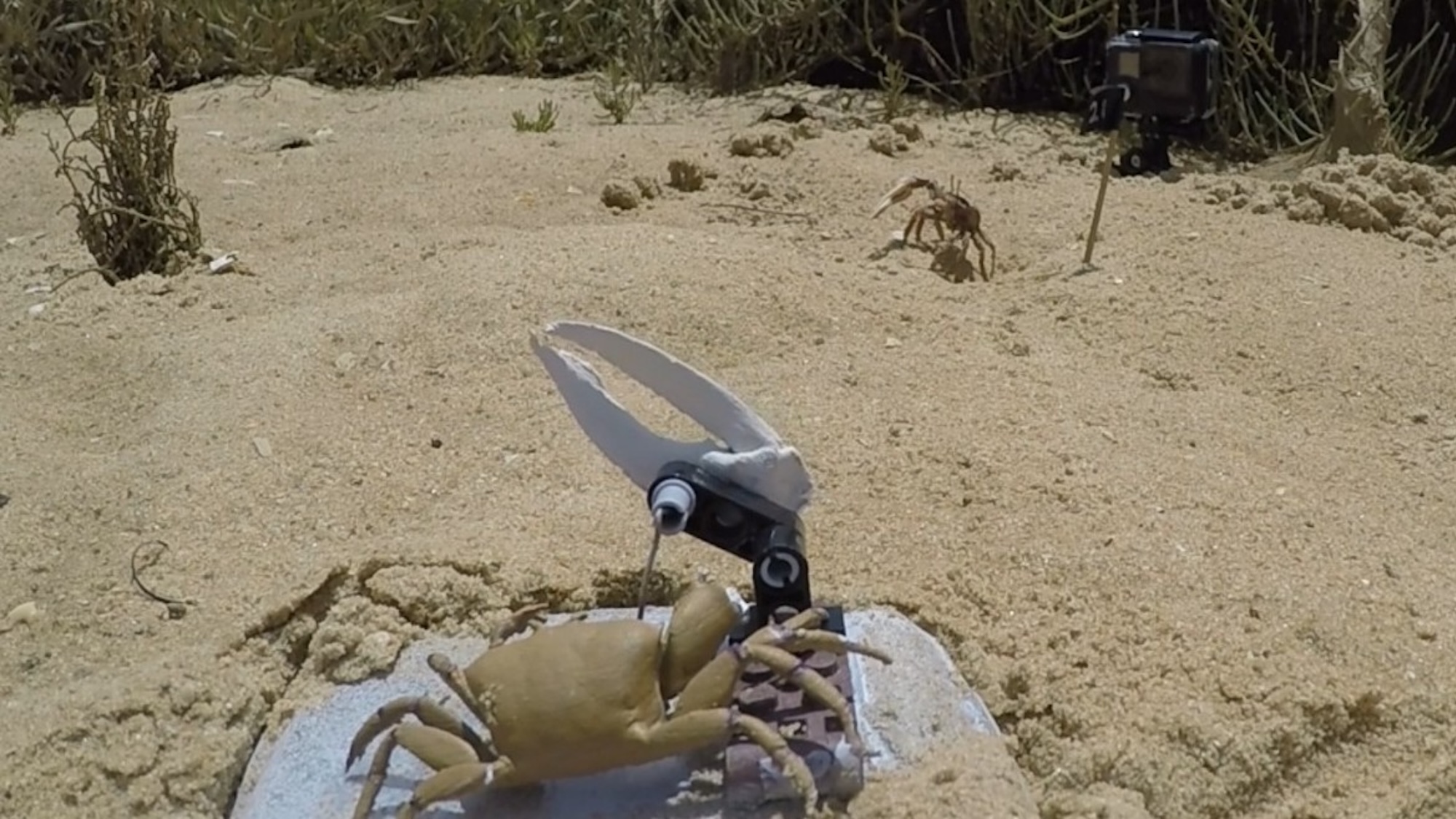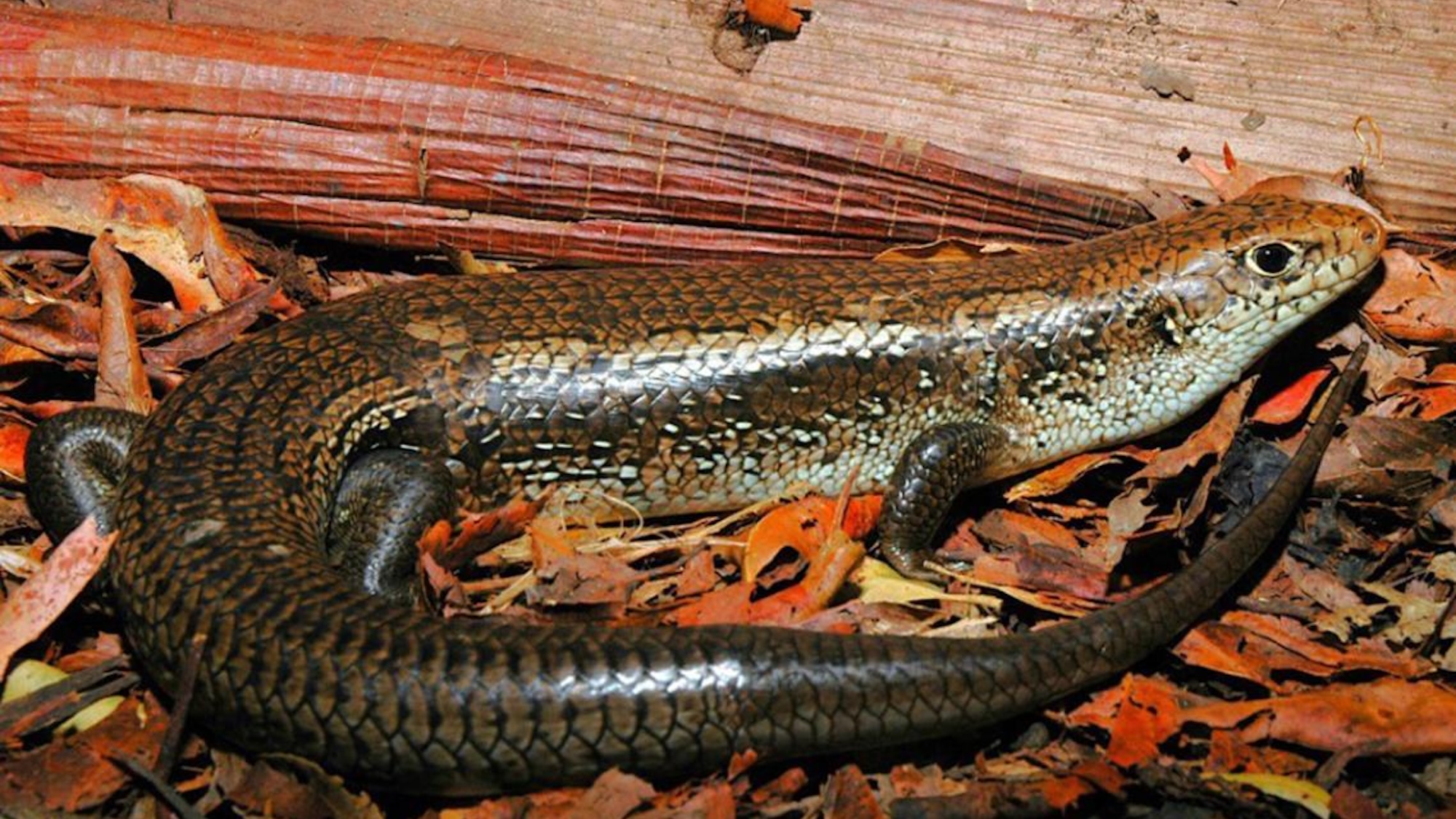Now Reading: Meet Wavy Dave: The Robotic Crab on a Mating Mission
-
01
Meet Wavy Dave: The Robotic Crab on a Mating Mission
Meet Wavy Dave: The Robotic Crab on a Mating Mission

Speedy Summary
- Researchers developed a tiny robot named “Wavy Dave” to study fiddler crab mating rituals and rivalries.
- Male fiddler crabs have one oversized claw used for attracting females and fighting rivals, waving it energetically during courtship displays.
- The study, conducted by Joe Wilde’s team at the University of exeter, used Wavy Dave to observe responses from live male fiddler crabs on beaches in southern Portugal.
- Findings indicate that male crabs wave back when observing the robot but don’t increase their speed unless female crabs are visibly present. Crabs with larger claws showed more confidence in engaging with Wavy Dave than smaller ones.
- Male crabs adjust their competitive behaviors efficiently to conserve energy based on perceived rewards and competition levels.
- The robot suffered damage when one rival crab tore off its claw during an interaction. Female fiddler crabs also appeared skeptical of the robot.
📷 Image 1: A real male fiddler crab with its larger specialized claw. (Credit: Joe Wilde)
📷 Image 2: Two male fiddler crabs interacting, similar to how they responded to Wavy Dave. (Credit: Joe Wilde / Beki Hooper)
Indian Opinion Analysis
This research highlights how robotics can provide unique insights into ecological interactions and animal behavior. By mimicking biological traits like claw movement, innovations like Wavy Dave allow scientists to observe nuanced behavioral responses tough to achieve through traditional observation methods. For India-home to a rich array of biodiversity along coastal habitats-this method could pioneer advanced studies in crustacean or marine species ecology threatened by climate change or human activity.
Furthermore, this investigation underscores energy optimization strategies within competitive environments-a concept equally relevant beyond wildlife into areas such as resource management or environmental policies globally and domestically. Studying local ecosystems’ behavioral dynamics using robotic tools could support better-informed conservation frameworks essential for maintaining india’s critical marine biodiversity hotspots like Sundarbans or Gulf of Mannar biosphere reserves.























